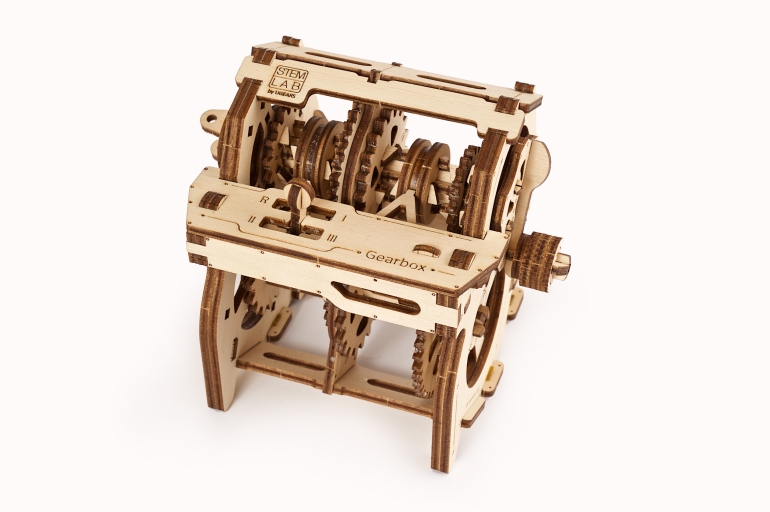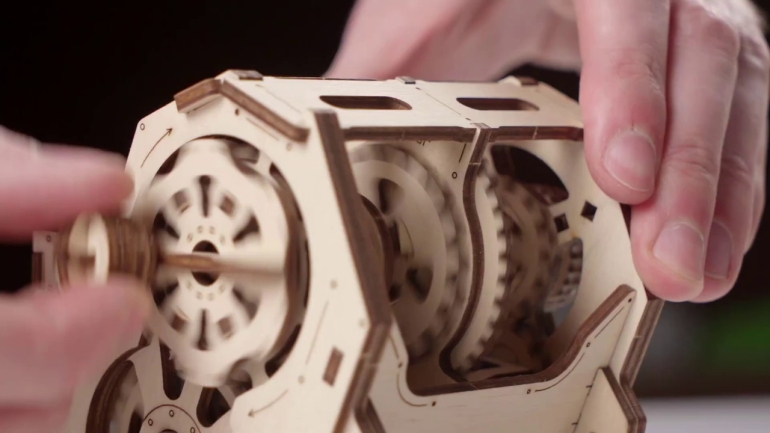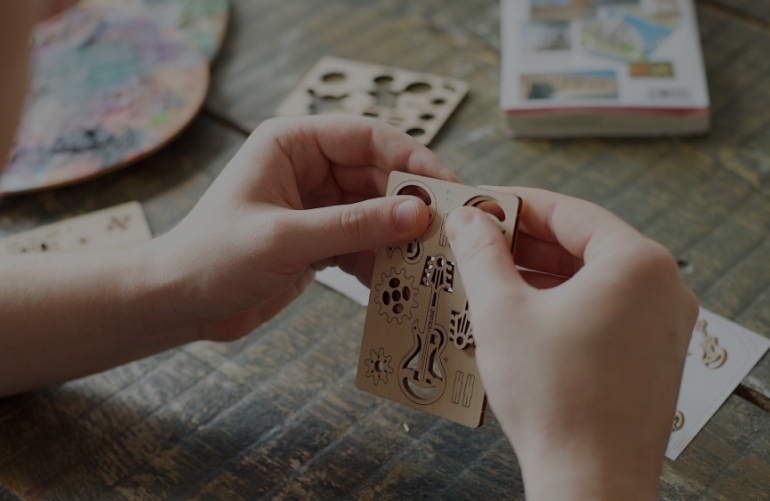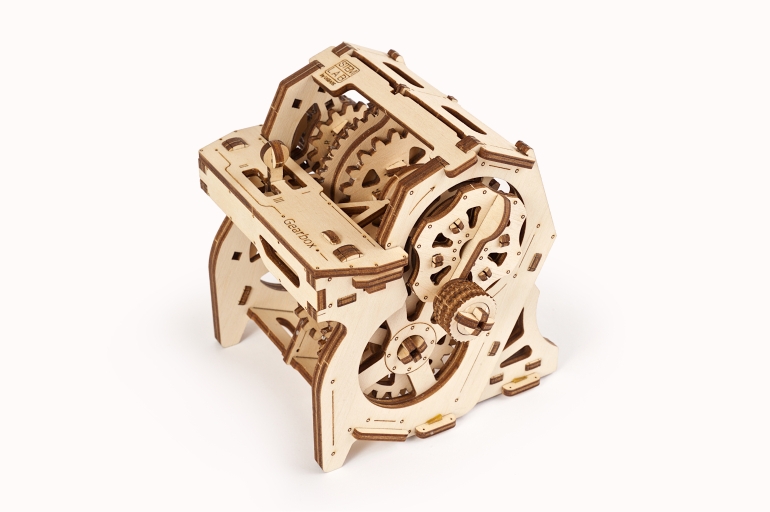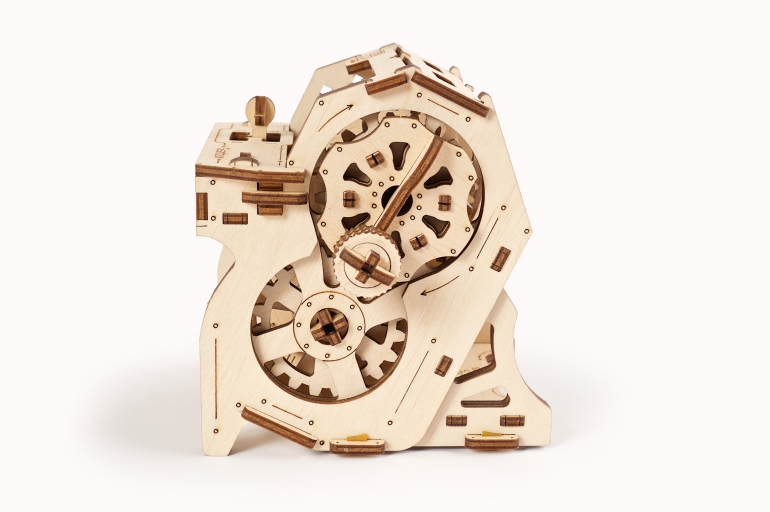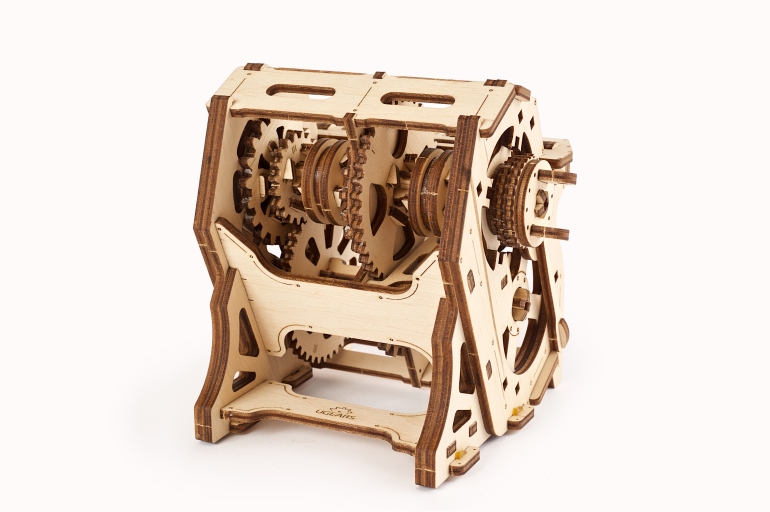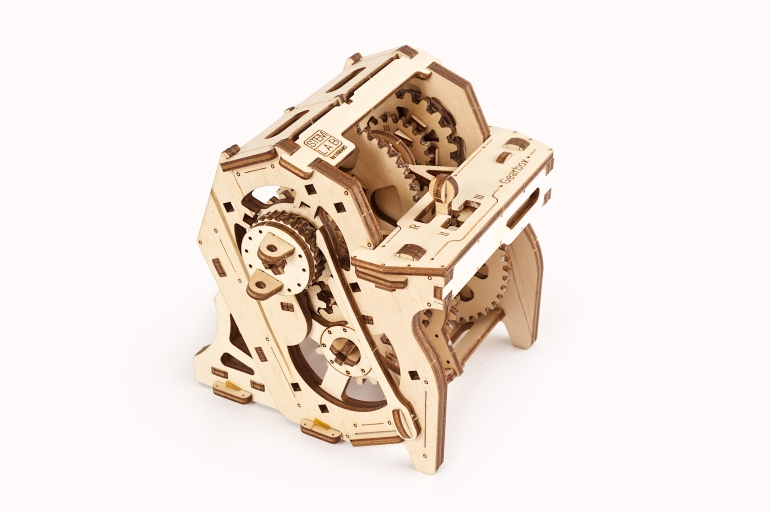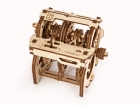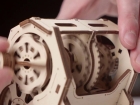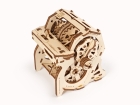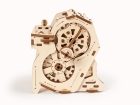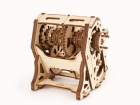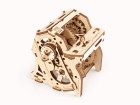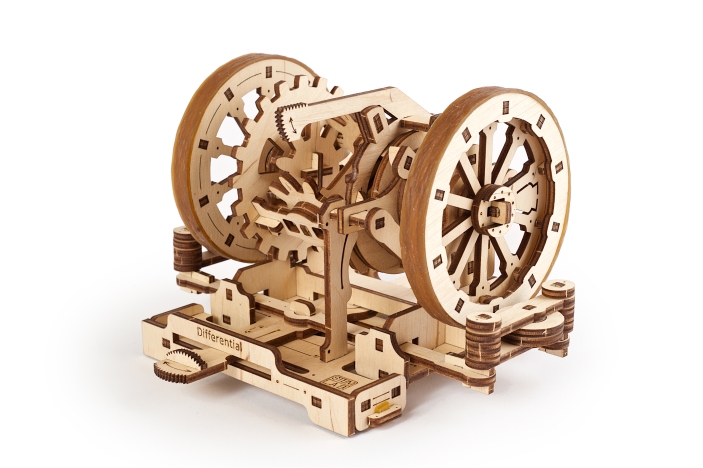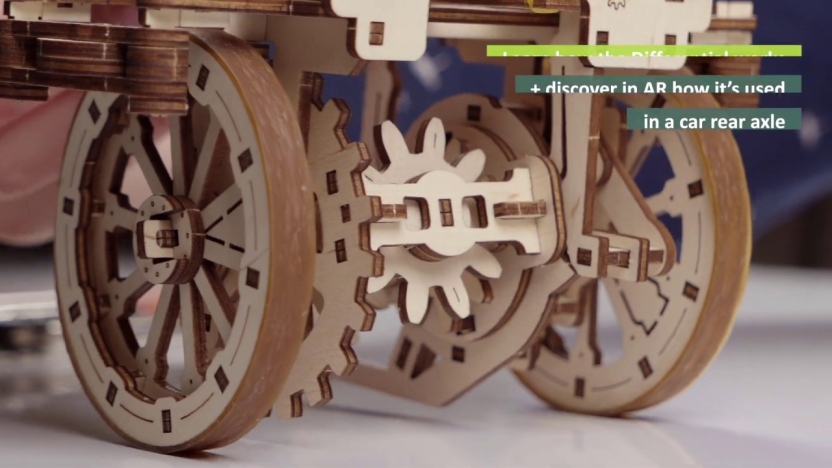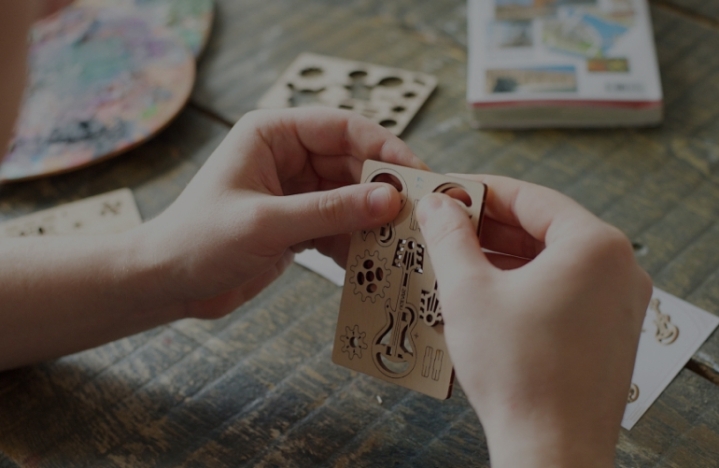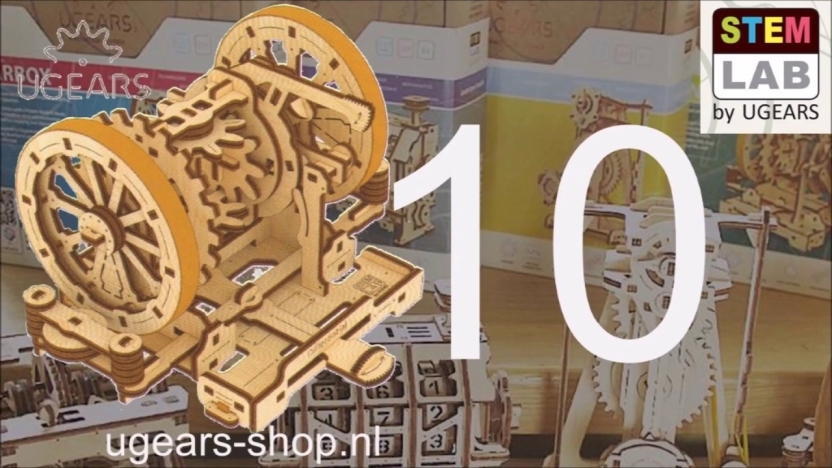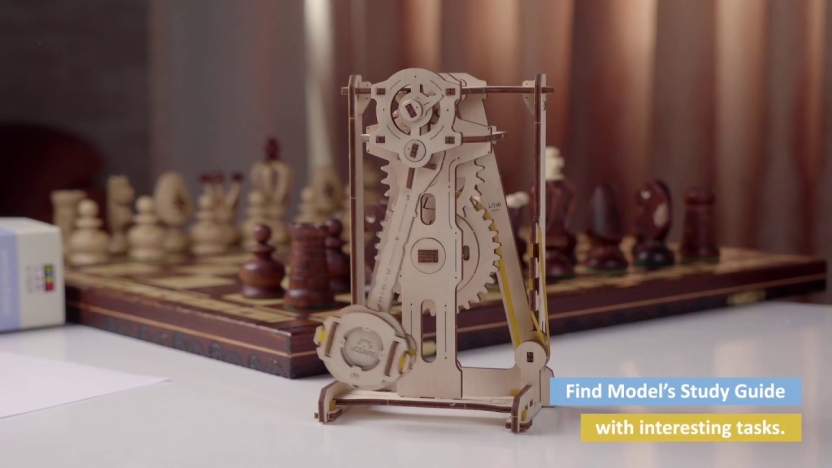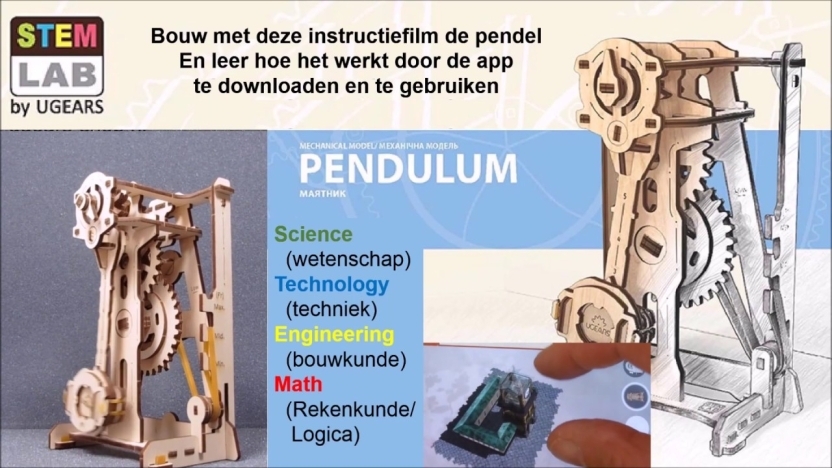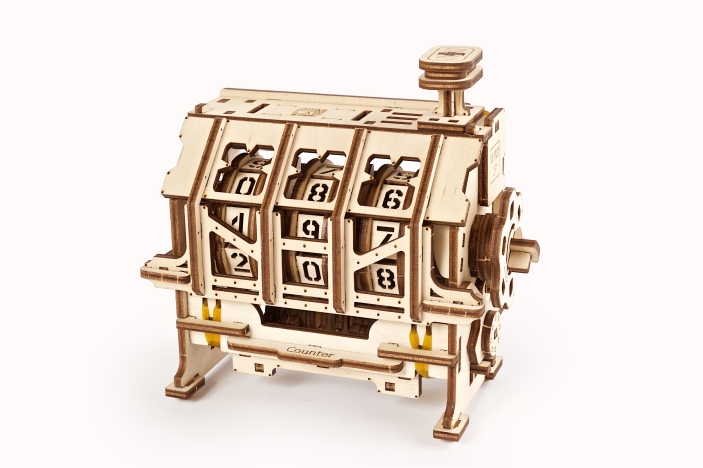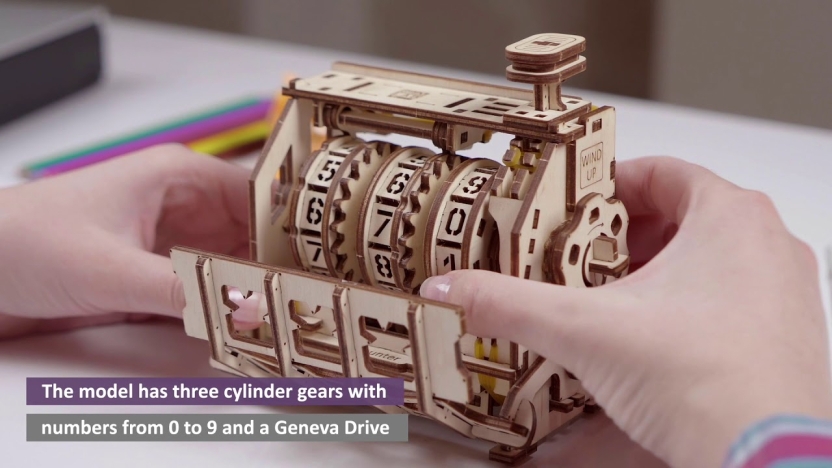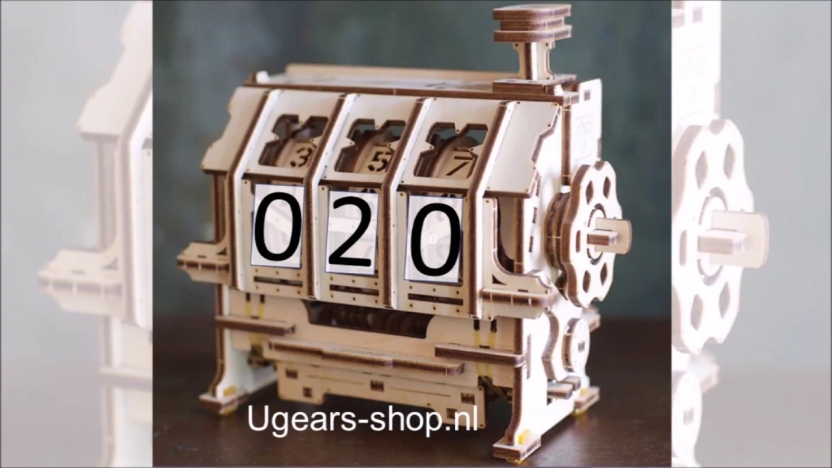Gearbox STEM Lab
- Description
- Reviews
- Specifications
Learn how the manual GEARBOX works:
The Gearbox is a stylised educational model, an interactive study guide to the mechanism, only for learning its essentials and principles of working. A mechanical gearbox is a reducer that provides speed and torque conversions from a motor to the driving wheels. After assembly, you can experiment with the Ugears manual Gearsbox, by turns, choose I, II, III, or reverse with a kinematic pair of gears with different ratios and, rotating the actuator handle clock-wise, you can watch and control the rotation speed of the layshaft and drive shaft. In a Position “N” – idle in which both clutch gears of layshaft remain uncoupled and idling; the First Gear makes the layshaft and gears rotate with the lowest speed; the Second Gear lets the drive shaft along with the flywheel rotate with an average speed and the Third Gear allows the layshaft and all gears rotate with the highest speed. Switch on the Reverse gear and see how the driving clutch gear moves to the left towards gear “R” and connects to it transferring the rotation to the lower gear arrangement and propelling the layshaft and all gears to rotate in reverse.
When and who invented it:
The invention of the gearbox belongs to the famous German engineer Karl Benz.
Usage:
A gearbox is mainly used in the automobile industry as a part of the car transmission mechanism that transfers torque from the engine's shaft to the wheels.

